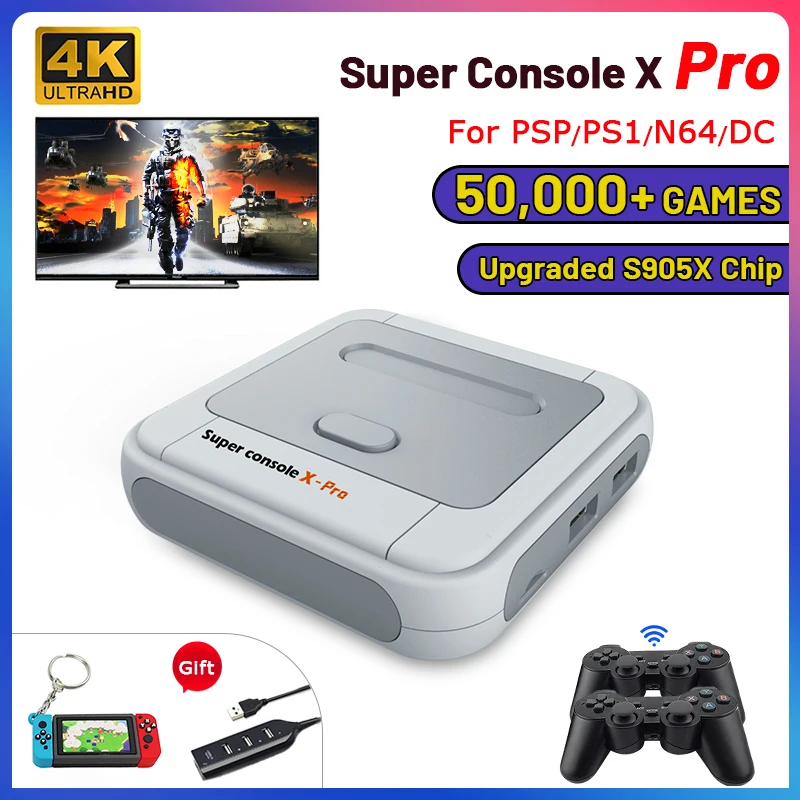Dual processors, improved battery life and bigger screen sizes all mean that the laptop is becoming a viable alternative to the PC.
In 2004 there were approximately 180 million PCs sold around the world, of which nearly 50 million were notebooks.
Traditionally, notebooks are the problem child of the computer industry.
Making them as powerful as a desktop is physically impossible, and trying to get them to run for longer than five hours is wishful thinking.
This is not to say that they have not been getting better.
Emily Campbell, from Dell, says: "There have actually been a lot of changes in the notebook environment in the last five years.
"One of the key things that we've seen in notebooks is the price of one to the average consumer - it's come down dramatically.
"At the same time as costs have come down so the performance has improved significantly."
There are two ways you can go with a notebook: big and chunky or small and petite.
Either way, though, they have not been able to take on the desktop at home, until now that is.
Emily Campbell says there have been significant improvements in screen technology.
"In the past we would have seen a 12" screen as standard in a notebook. Now you're seeing 17" screens with super-high resolution and notebooks that can replace a desktop in virtually any environment, but they're portable."
To drive these processors we need more power on the move, and that is one area where the solutions are not coming thick and fast
Part of that growth in the notebook platform revolves around developing the processor, and AMD has just made the future happen by launching its first 64 bit processor for laptops.
David Everett, from AMD, says: "We've made it that the transistors use less power than our mobile Athlons. We've also added some controls in there to take it to additional sleep states.
"So it's basically designed for mobility, yet we've not compromised on performance. It's still AMD 64 performance, yet now it's got the battery life and the thinness and lightness and all the things to do with mobility."
AMD's 64 bit Turion is just the first step. Both Intel and AMD are committed to multi-core processors, that is more than one processor in a chip.
Within the next 18 months we will be seeing the first 64 bit dual processors for notebooks, which will be very powerful.
To drive these processors we need more power on the move, and that is one area where the solutions are not coming thick and fast.
There has been talk of fuel cells for years, and we assume it is just a matter of time before they arrive.
In the meantime Toshiba has just announced a new Lithium Ion battery that recharges something like 60 times faster than current batteries. In fact, it is claimed that it will take an 80% charge in a minute.
Then there are the graphics. In the old days they were horrible, murky, black and white. Now they are bright, vibrant and colourful.
Richard Huddy, from ATI, says: "What we're doing is building more graphics horsepower into chips.
"The cool thing that we can do as time goes forward - and we can do this in gradual stages so that we just unleash a little bit more of the graphics power that's available - we can render at higher resolution than you can view if we have a good video scaling engine on the back end.
"We've given people the ability to program things so that anything they can see in reality, in principle, if they're prepared to put the effort in, they can mimic.
"There's almost no limit to what we can do if we have the extra horsepower available. "
Old favourites
But despite all these developments it is not all change.
You may be surprised to learn that some technologies just are not going away.
Emily Campbell says: "Floppy drives are certainly something that, in the PC industry, we would have expected to die a gradual death with a proliferation of new technologies like CD-RW, DVD-RW, even memory keys.
"It seems like floppy discs are a technology that's been and gone as an opportunity.
"But what we do see is that customers still want it."
As to the future, it perhaps is not surprising that Sony has a plan to take the notebook even further into our lives.
Jun Koyama from Sony says: "Today only a few PCs have TV tuners built in. So watching and recording TV programmes is done by a desktop PC.
"But gradually, as notebook PCs get bigger in terms of screen sizes, [TV functions] can be taken over by notebooks. That is an area we want to expand."
So there we have it, the notebook is finally taking on the desktop at home.
In 2004 there were approximately 180 million PCs sold around the world, of which nearly 50 million were notebooks.
Traditionally, notebooks are the problem child of the computer industry.
Making them as powerful as a desktop is physically impossible, and trying to get them to run for longer than five hours is wishful thinking.
This is not to say that they have not been getting better.
Emily Campbell, from Dell, says: "There have actually been a lot of changes in the notebook environment in the last five years.
"One of the key things that we've seen in notebooks is the price of one to the average consumer - it's come down dramatically.
"At the same time as costs have come down so the performance has improved significantly."
There are two ways you can go with a notebook: big and chunky or small and petite.
Either way, though, they have not been able to take on the desktop at home, until now that is.
Emily Campbell says there have been significant improvements in screen technology.
"In the past we would have seen a 12" screen as standard in a notebook. Now you're seeing 17" screens with super-high resolution and notebooks that can replace a desktop in virtually any environment, but they're portable."
To drive these processors we need more power on the move, and that is one area where the solutions are not coming thick and fast
Part of that growth in the notebook platform revolves around developing the processor, and AMD has just made the future happen by launching its first 64 bit processor for laptops.
David Everett, from AMD, says: "We've made it that the transistors use less power than our mobile Athlons. We've also added some controls in there to take it to additional sleep states.
"So it's basically designed for mobility, yet we've not compromised on performance. It's still AMD 64 performance, yet now it's got the battery life and the thinness and lightness and all the things to do with mobility."
AMD's 64 bit Turion is just the first step. Both Intel and AMD are committed to multi-core processors, that is more than one processor in a chip.
Within the next 18 months we will be seeing the first 64 bit dual processors for notebooks, which will be very powerful.
To drive these processors we need more power on the move, and that is one area where the solutions are not coming thick and fast.
There has been talk of fuel cells for years, and we assume it is just a matter of time before they arrive.
In the meantime Toshiba has just announced a new Lithium Ion battery that recharges something like 60 times faster than current batteries. In fact, it is claimed that it will take an 80% charge in a minute.
Then there are the graphics. In the old days they were horrible, murky, black and white. Now they are bright, vibrant and colourful.
Richard Huddy, from ATI, says: "What we're doing is building more graphics horsepower into chips.
"The cool thing that we can do as time goes forward - and we can do this in gradual stages so that we just unleash a little bit more of the graphics power that's available - we can render at higher resolution than you can view if we have a good video scaling engine on the back end.
"We've given people the ability to program things so that anything they can see in reality, in principle, if they're prepared to put the effort in, they can mimic.
"There's almost no limit to what we can do if we have the extra horsepower available. "
Old favourites
But despite all these developments it is not all change.
You may be surprised to learn that some technologies just are not going away.
Emily Campbell says: "Floppy drives are certainly something that, in the PC industry, we would have expected to die a gradual death with a proliferation of new technologies like CD-RW, DVD-RW, even memory keys.
"It seems like floppy discs are a technology that's been and gone as an opportunity.
"But what we do see is that customers still want it."
As to the future, it perhaps is not surprising that Sony has a plan to take the notebook even further into our lives.
Jun Koyama from Sony says: "Today only a few PCs have TV tuners built in. So watching and recording TV programmes is done by a desktop PC.
"But gradually, as notebook PCs get bigger in terms of screen sizes, [TV functions] can be taken over by notebooks. That is an area we want to expand."
So there we have it, the notebook is finally taking on the desktop at home.
 Buy on AliExpress.com
Buy on AliExpress.com

